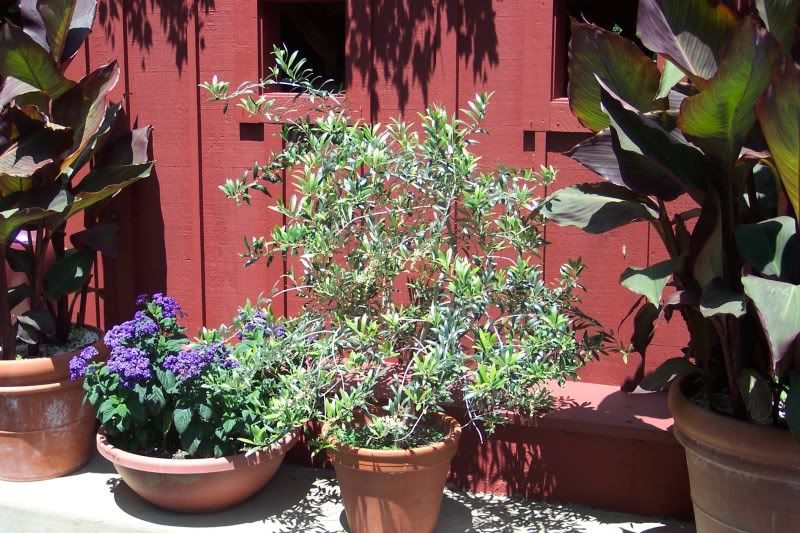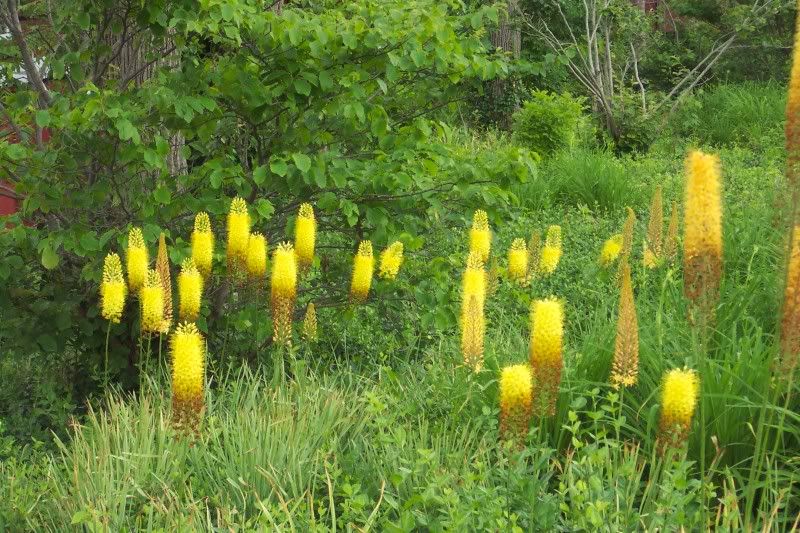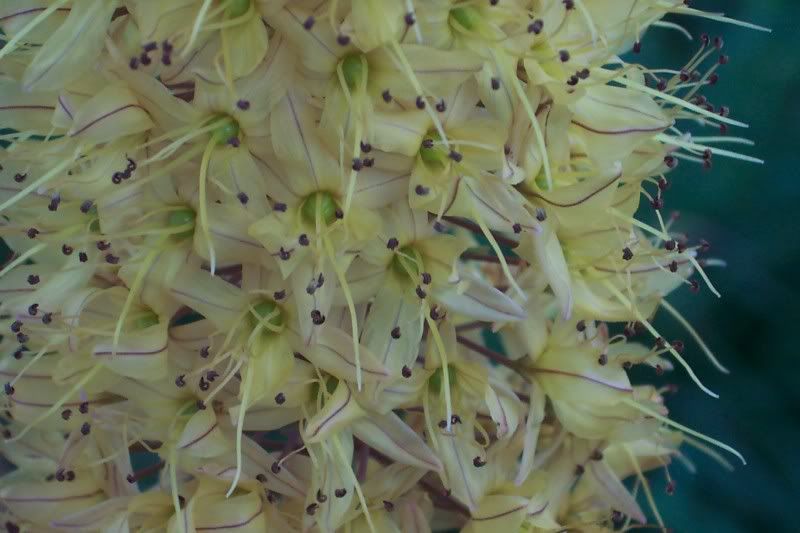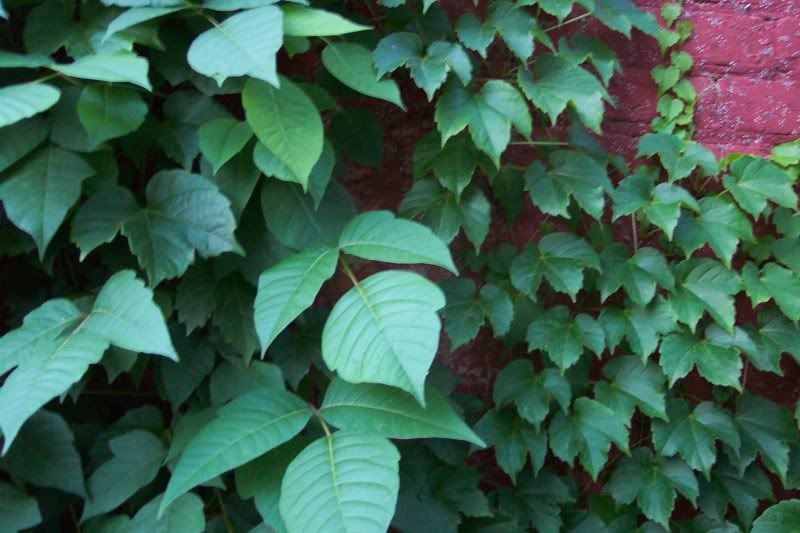Thar’s gold in them thar hills!!
Not the precious metal type of gold, but the horticultural kind you can find in Helenium ‘Dakota Gold’.
Helenium is the genus name for a grouping of plants that includes Sneezeweed. Many of these species and varieties are tall, often growing over four feet in height and having large orangish flowers.
Dakota Gold grows only about a foot tall and about a foot and a half in width. It’s growth habit makes it ideal for planting in the front of a bed.
It also produces an abundance of dainty, bright golden yellow flowers.
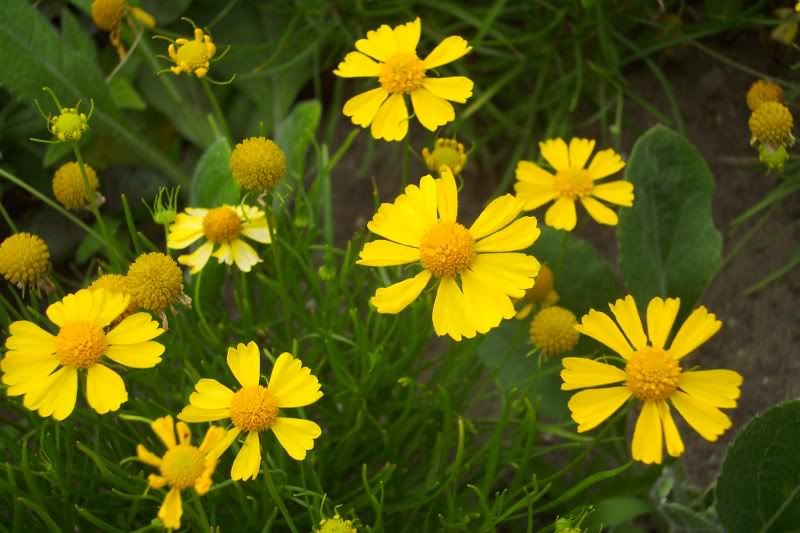
I used it in a spot where I wanted a swath of yellow but didn’t want to use something over-powering like Marigolds. A single plant of Dakota Gold, or a planting of just a few, would not be very impressive, but plant a good sized drift of them and they suddenly become something special.
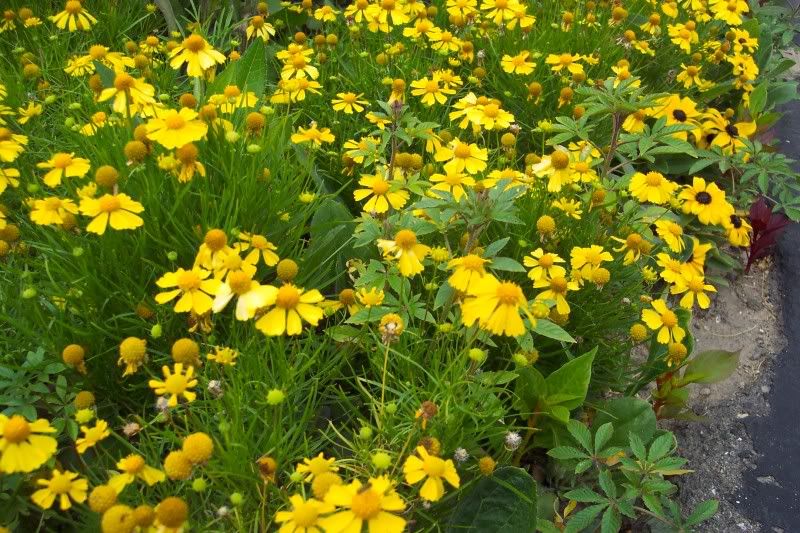
As far as I know, last year was the first year Dakota Gold seed was widely available. We should be seeing more and more Helenium Dakota Gold being made available in garden centers in the future as more gardeners discover this wonderful little plant.
…and that’s nothing to sneeze at!
Bob
